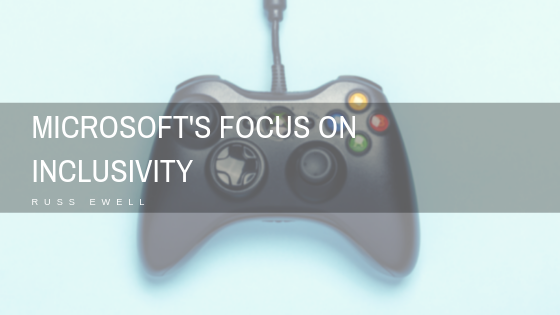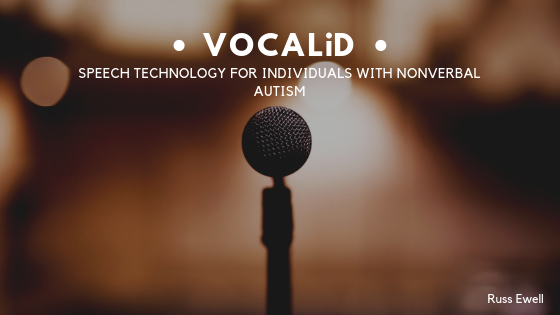What started as a new controller intended for professional and intense gamers quickly became a sensation for a different group of video game lovers – those with mobile disabilities. When Microsoft launched their new Elite controller for Xbox one, it featured the ability for extreme gamers to customize some of the buttons and a textured grip for ease of grip. Microsoft had unintentionally created a customizable controller better equipped for video game enthusiasts with mobile disabilities. This was the start of a series of progressive improvements that Microsoft would make for inclusivity.
After the buzz associated with the accessibility of the new Elite remote with disabled gamers, Microsoft launched a new software update with this demographic in mind. They updated the existing narrator and magnifying feature to assist those with vision impairments. They also debuted the copilot feature that allowed users to handle the buttons better with just one hand.
Microsoft then developed its Xbox Adaptive Controller designed explicitly with disabled players in mind. This foot-long board features two large buttons that can be programmed to perform any function. It also has 19 3.5mm jacks that allow for a variety of input devices to plug into the controller. Some of these assistive inputs include foot pedals, microswitches, larger buttons, or joysticks. The standard-sized jack allows for gamers to utilize peripherals that users may already own for other functions as well. These features will enable each player to create a controller that can function with their unique disabilities. Creating a truly personalized gaming experience feeds into the inclusivity that Microsoft is yearning.
While the controller itself is more substantial and looks different than the standard controller, it is specifically designed to foster inclusivity. The color scheme is in keeping with a standard Xbox one council, and it still features all of the standard buttons like menu, pause, and start. Microsoft’s intent with this design is to avoid an outcast appearance for individuals who need assistive technology. Instead, the purpose is for users to play together with others and face no different challenges than anyone else.
The Xbox Adaptive Controller is making it easier than ever for children with differences or disabilities to enjoy the inclusivity that the gaming world has to offer. Children and adults can immerse themselves in a world where you can customize your avatar and roam around a foreign land with made-up storylines – all while connecting with users from across the globe. In the gaming world, your physical limitations don’t exist, and Microsoft is taking steps to make this authentic in the real world as well.


